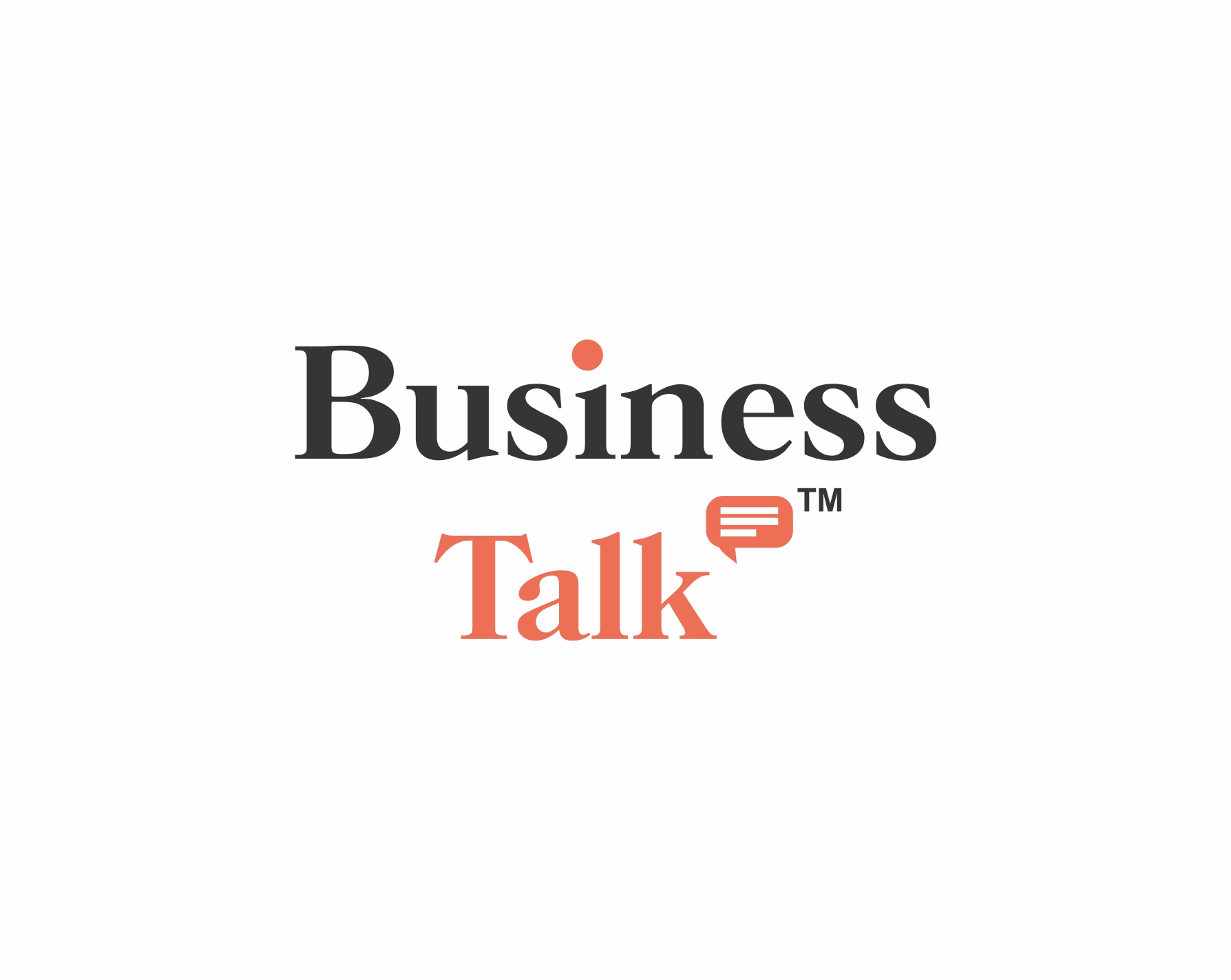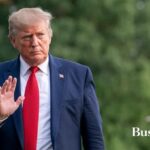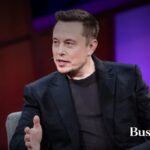On Wednesday, Boeing initiated the long-awaited spacecraft’s final flight test by launching its first-ever trip with astronauts aboard the Starliner. The spacecraft transported astronauts from NASA to the International Space Station (ISS). The launch took place at 10:52 a.m. EDT from Cape Canaveral in Florida, following the cancellation of two previous attempts on Saturday and in early May. The Starliner was carried by an Atlas V rocket of the United Launch Alliance. Mission Control reported that the flight proceeded as expected, and the rocket successfully deployed the Starliner capsule into orbit around fifteen minutes after launch.
Although the Starliner contains cameras on each side of the cabin, NASA made it clear at takeoff that video footage could not be sent back to Earth until the capsule reaches the space station. The space agency stated that the Starliner would spend roughly 25 hours in orbit before its scheduled 12:15 p.m. docking with the ISS on Thursday. The crew will then test the Starliner on the ISS for over a week before arriving back on Earth. This test will approve Starliner to carry NASA astronauts from the Space Station to Earth.
The mission faced several challenges before the successful liftoff. Last Saturday, a glitch in one of the systems that provide ground support for the rocket led to launch cancellation in the final seconds of the countdown. A problem found in the rocket itself also resulted in the cancellation of another launch in early May. Following the two unsuccessful attempts, a minor helium leak in the Starliner was discovered by NASA and Boeing, leading to further assessments by both companies. The United Launch Alliance (ULA), a partnership between Boeing and Lockheed Martin, resolved a malfunctioning ground support computer part as well as the capsule’s malfunctioning valve.
Boeing was contracted ten years ago to transport NASA astronauts to and from the space station, along with Elon Musk’s SpaceX. NASA invited bids from two competing American companies for the project when the space shuttles were retired. Boeing was granted $4.2 billion, with SpaceX receiving slightly over half of that total. NASA’s supply capsule was modified by SpaceX to carry provisions to the station. In 2020, SpaceX successfully flew astronauts into orbit, becoming the first private enterprise to achieve a feat previously accomplished only by China, Russia, and the US. NASA has sent nine astronauts to the space station, and a Houston-based company that charters planes has sent three private groups.
Boeing has a contract to make six Starliner flights to the ISS. Butch Wilmore and Suni Williams are piloting the spacecraft, with Wilmore serving as the ship’s commander. Both were former Navy Seals. Every now and again, Wilmore and Williams will manually operate the Starliner in order to examine its systems while en-route to the space station. Should this trip prove successful, NASA will begin utilizing SpaceX and Boeing in turn for taxi flights beginning the next year.

Business Talk is a digital business magazine that caters to CEOs, Entrepreneurs, VC, and Corporates. While working with entrepreneurs and business executives, we focus not only on their achievements. Our mission is to shed light on business entities, including their innovations, technological benchmarks, USPs, and milestones/accolades.













